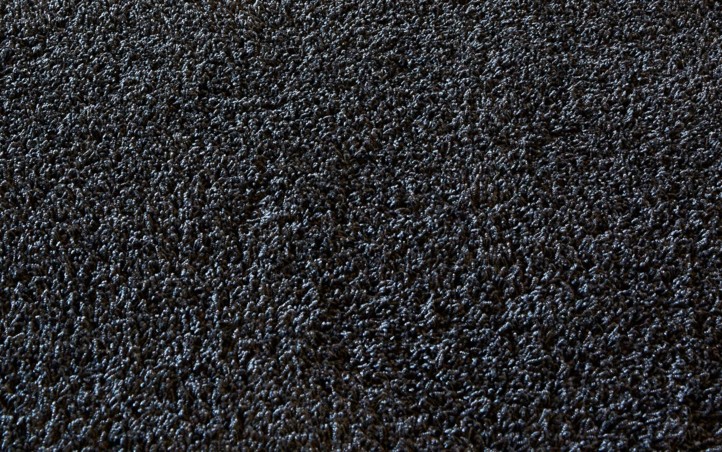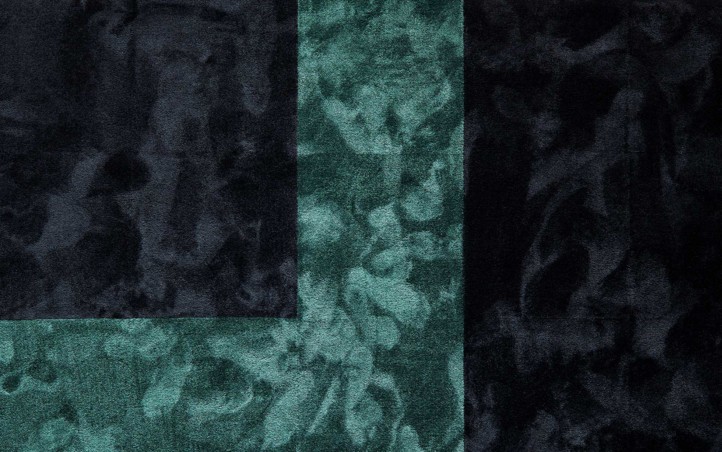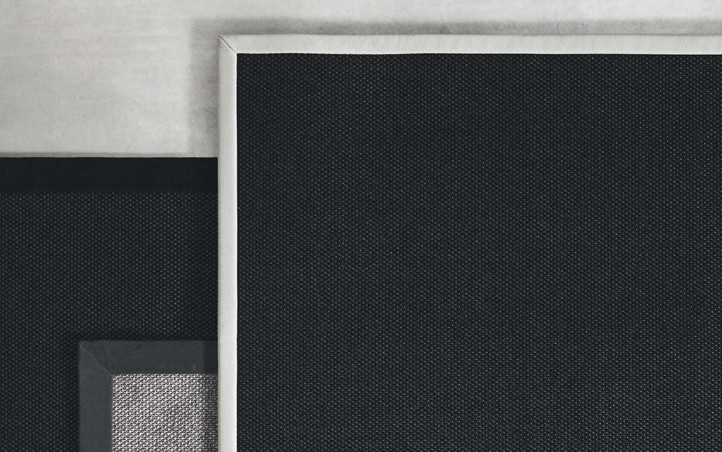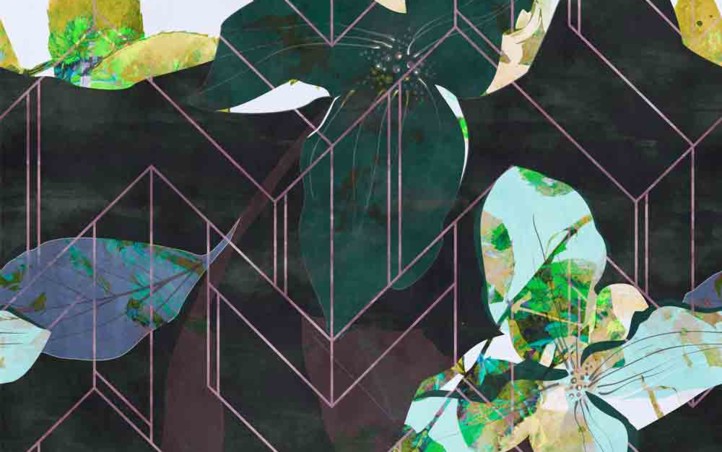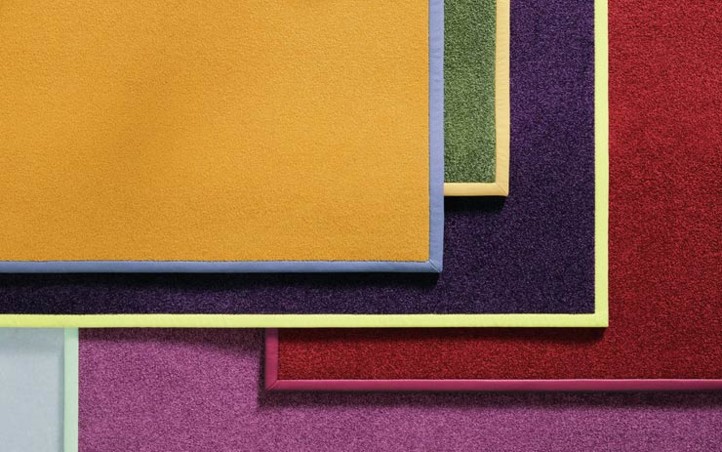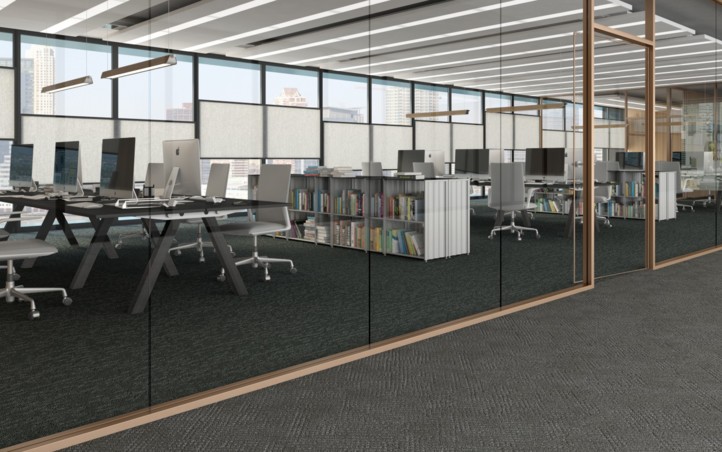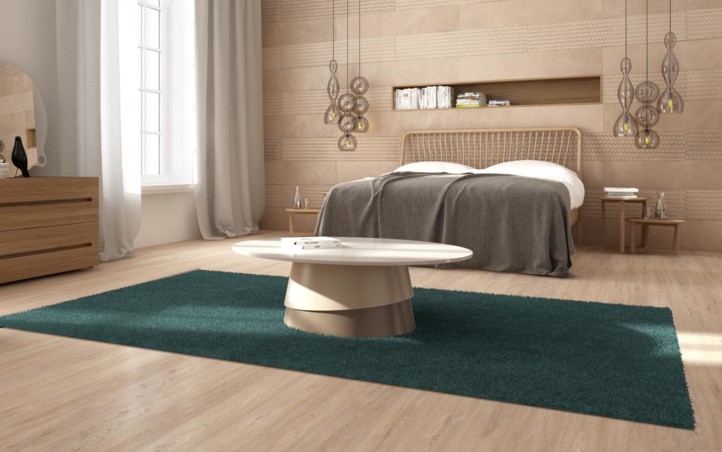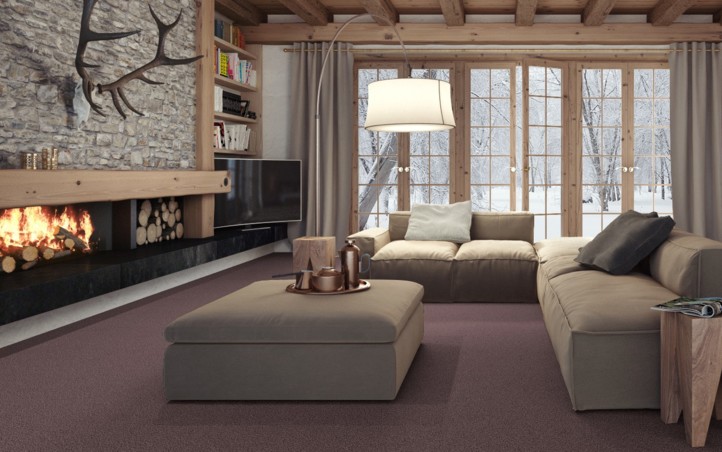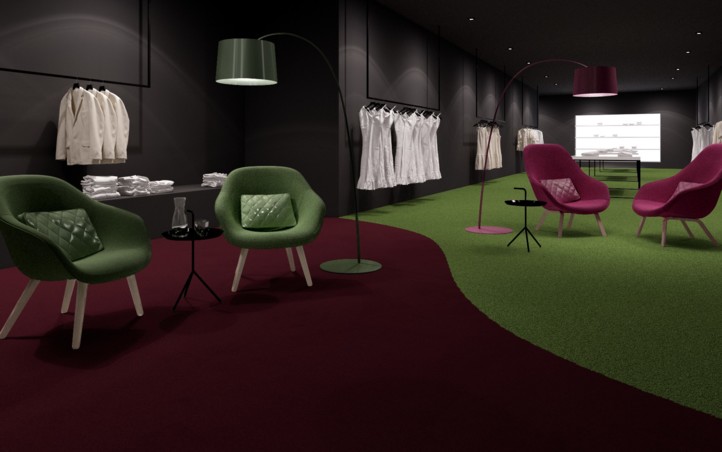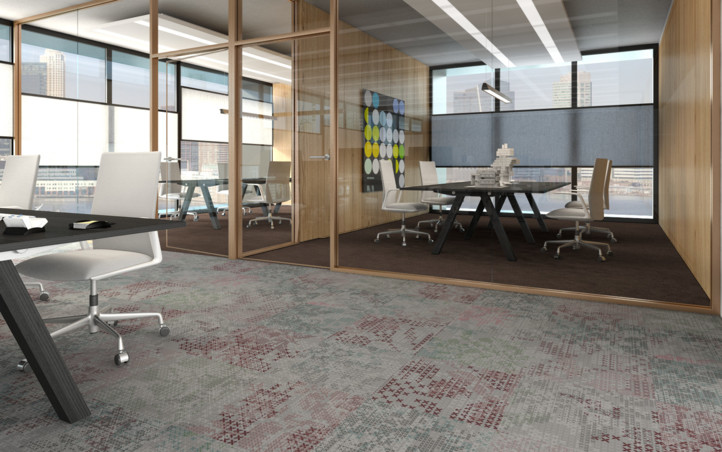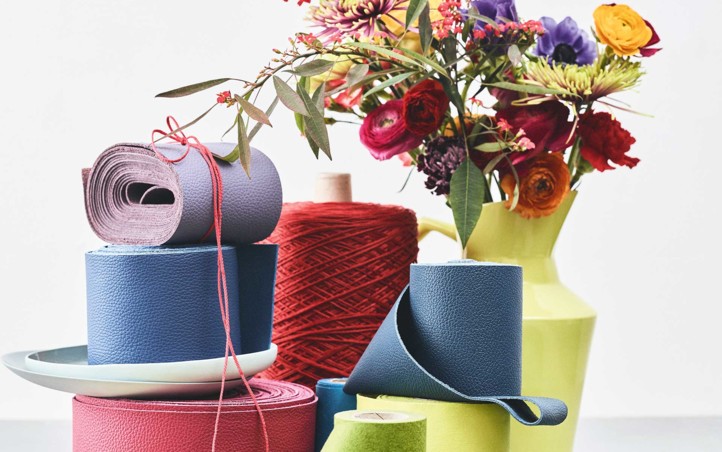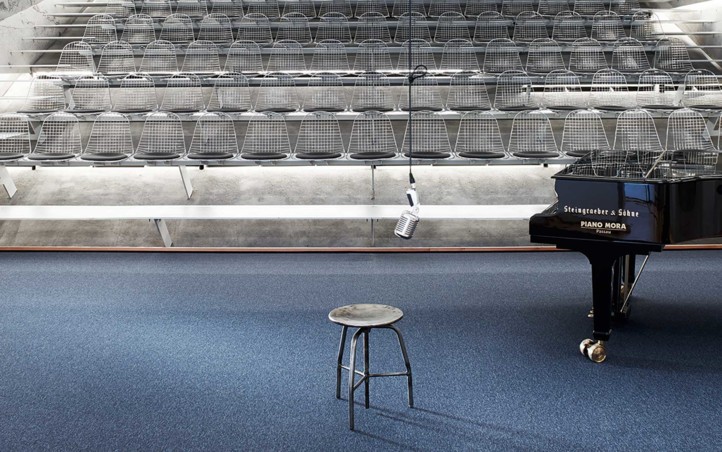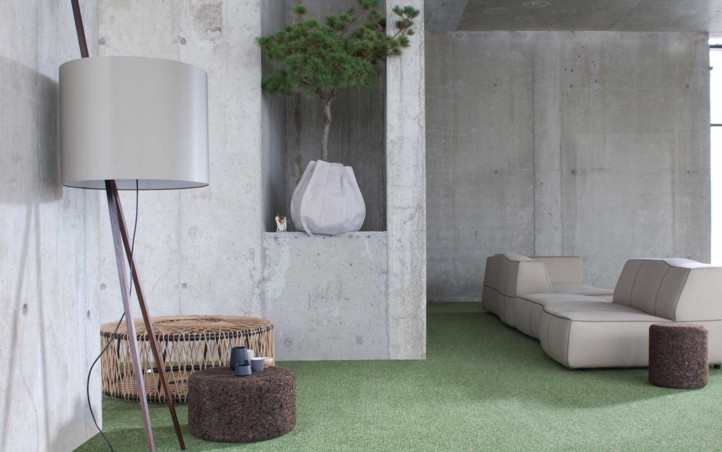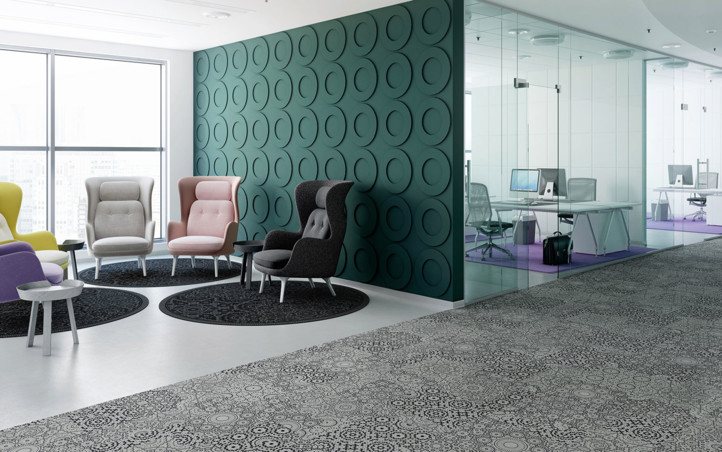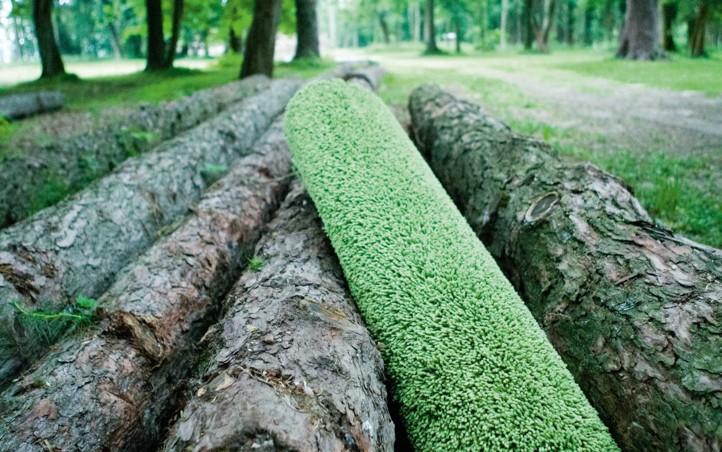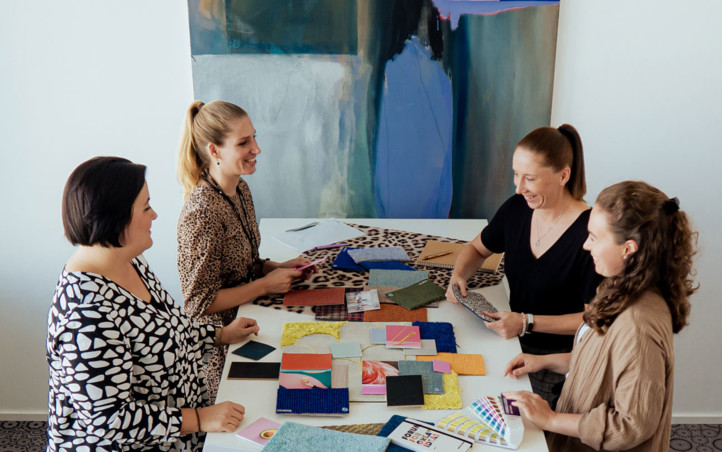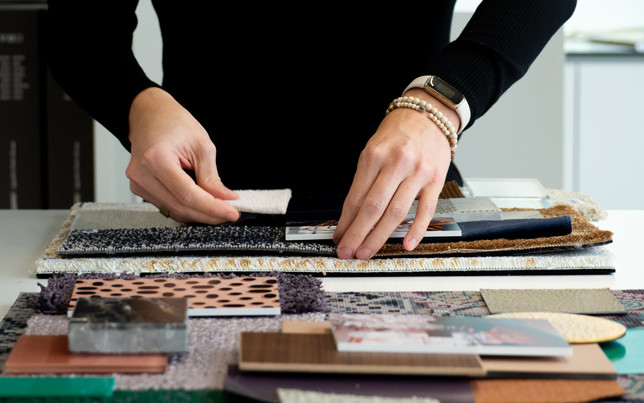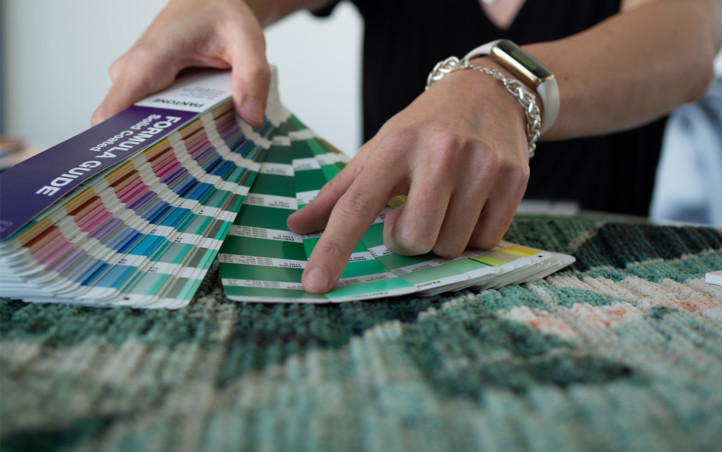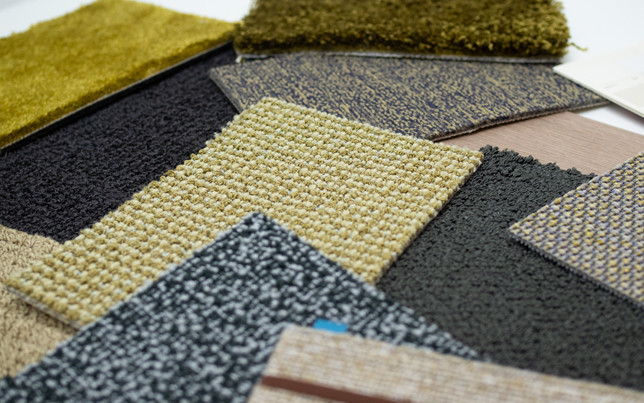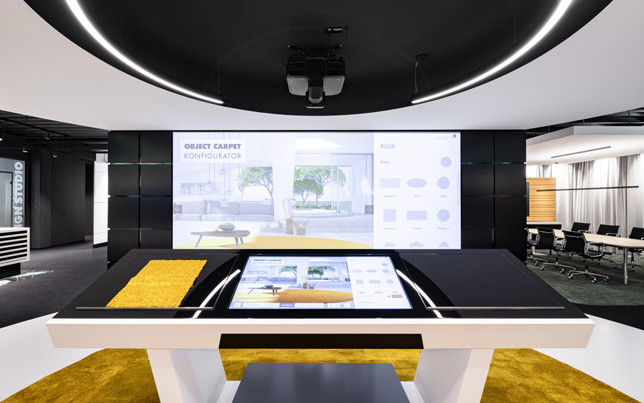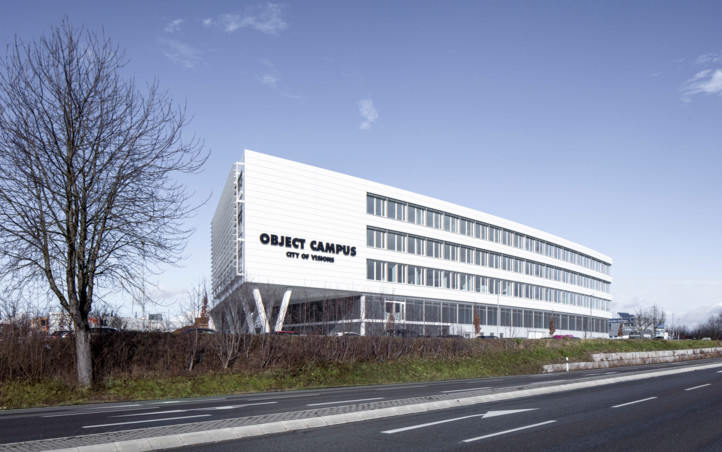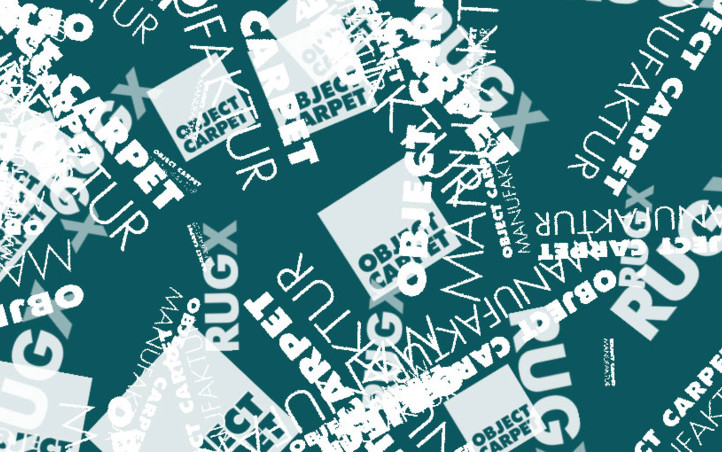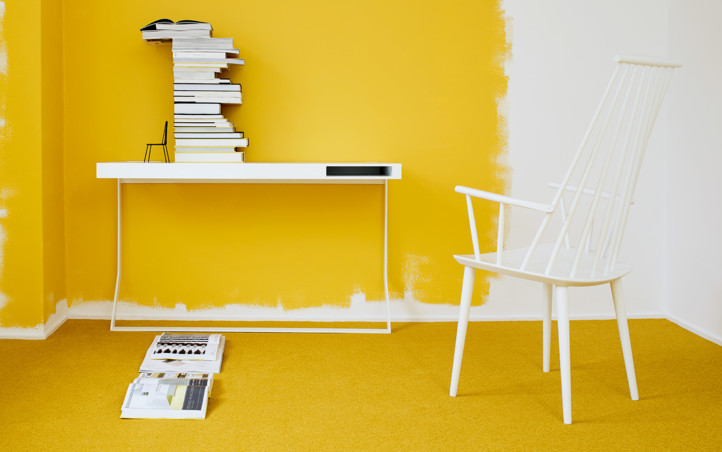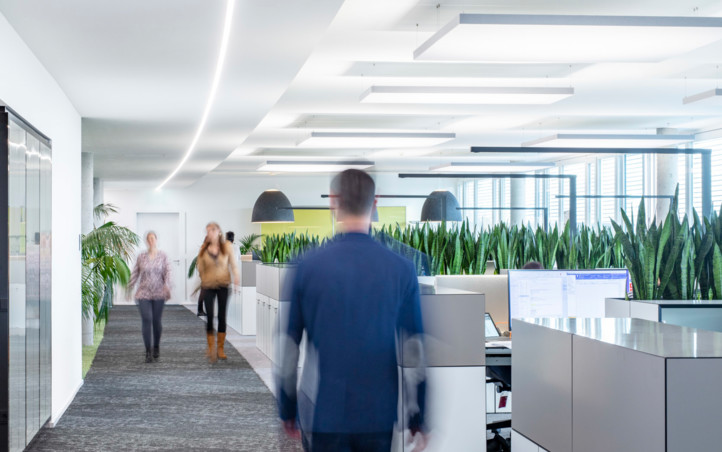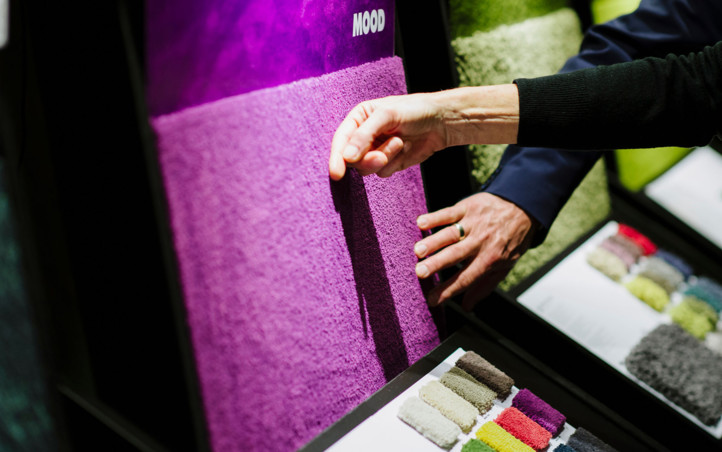Acoustic tiles
Twist 600
Featuring natural tones of grey, blue and green, this grade is available
in a wide range of predominantly subtle hues. The two-tone melange effect
makes the loops a robust and highly robust solution that’s suitable for
many different settings.
Ordering of Samples & Texture files
Please select a colour.
Download texture files for all colours
Download is being processed
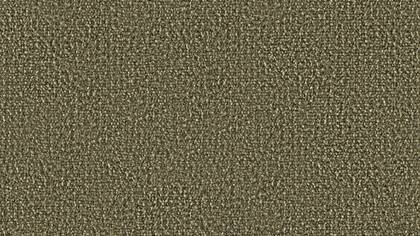
Back to the Overview
Delivery from stock
Download texture files
Article cannot currently be ordered online as a sample. Please get in touch with your known contacts or info@object-carpet.com if you have an urgent requirement.
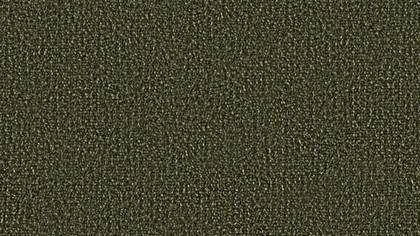
Back to the Overview
Delivery from stock
Download texture files
Article cannot currently be ordered online as a sample. Please get in touch with your known contacts or info@object-carpet.com if you have an urgent requirement.
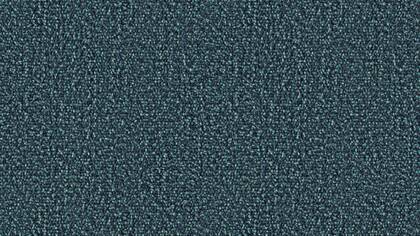
Back to the Overview
Special production from 200m²
Download texture files
Article cannot currently be ordered online as a sample. Please get in touch with your known contacts or info@object-carpet.com if you have an urgent requirement.
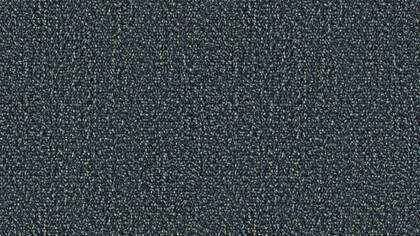
Back to the Overview
Special production from 200m²
Download texture files
Article cannot currently be ordered online as a sample. Please get in touch with your known contacts or info@object-carpet.com if you have an urgent requirement.
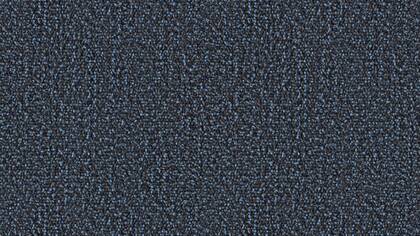
Back to the Overview
Special production from 200m²
Download texture files
Article cannot currently be ordered online as a sample. Please get in touch with your known contacts or info@object-carpet.com if you have an urgent requirement.
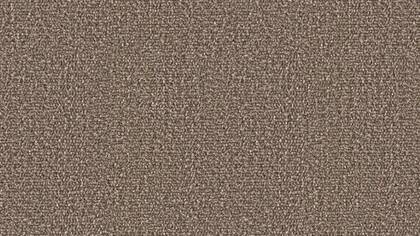
Back to the Overview
Delivery from stock
Download texture files
Article cannot currently be ordered online as a sample. Please get in touch with your known contacts or info@object-carpet.com if you have an urgent requirement.
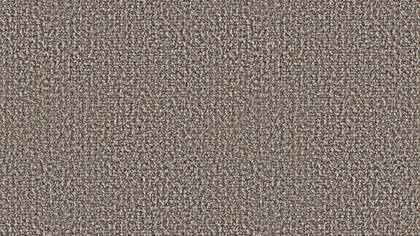
Back to the Overview
Delivery from stock
Download texture files
Article cannot currently be ordered online as a sample. Please get in touch with your known contacts or info@object-carpet.com if you have an urgent requirement.
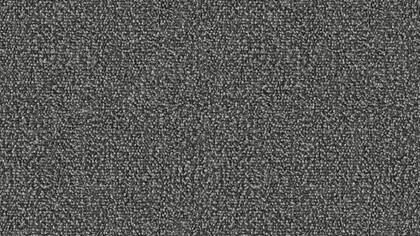
Back to the Overview
Delivery from stock
Download texture files
Article cannot currently be ordered online as a sample. Please get in touch with your known contacts or info@object-carpet.com if you have an urgent requirement.
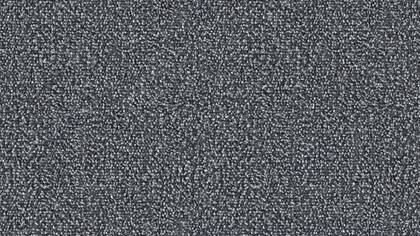
Back to the Overview
Special production from 200m²
Download texture files
Article cannot currently be ordered online as a sample. Please get in touch with your known contacts or info@object-carpet.com if you have an urgent requirement.
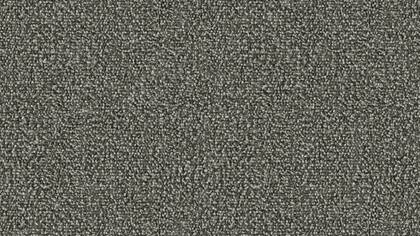
Back to the Overview
Delivery from stock
Download texture files
Article cannot currently be ordered online as a sample. Please get in touch with your known contacts or info@object-carpet.com if you have an urgent requirement.
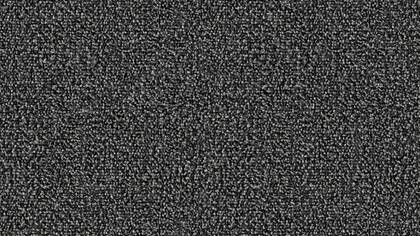
Back to the Overview
Delivery from stock
Download texture files
Article cannot currently be ordered online as a sample. Please get in touch with your known contacts or info@object-carpet.com if you have an urgent requirement.
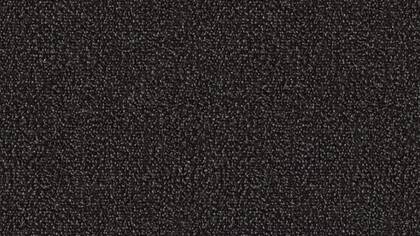
Back to the Overview
Delivery from stock
Download texture files
Article cannot currently be ordered online as a sample. Please get in touch with your known contacts or info@object-carpet.com if you have an urgent requirement.
Product features
5
M
s
q
K
r
r
7
%
3
u
b
W
Wearability EN 1307 (commercial high)
The wearability is determined on the basis of density, hardness,
flammability as well as acoustic and thermal properties. Depending on the
wearability, floor coverings are divided into strains classes that provide
information on possible fields of application.
Comfort class EN 1307 (LC2)
The comfort value of textile floorings is calculated according to the
European norms on the basis of parameters (weight or thickness of the pile
material used as well as the number of nubs or loops). A higher LC value
(= Luxury Class) means a higher comfort value. The more crowns the symbol
shows, the more luxurious the textile flooring is.
Suitability for chair castors (intensive usage)
Textile floor coverings are extremely strained when using office chairs.
Only extremely robust textile floor coverings are suitable for the use of
chair castors. Due to varying levels of strain, a distinction is made
between the use in the private sector (symbol: chair castor and house) and
the use in the object area (symbol: chair castor).
Rated sound absorption coefficient aw
The sound absorption coefficient was determined in accordance with ISO 354 and
indicates how large the absorbed portion of the total incident sound is.
Light fastness ISO 105-B02
The symbol indicates that the textile floor covering meets the basic
requirements for light fastness (>=5, for pastel shades >=4) in accordance
with the test method EN ISO 105-B02.
Footstep absorption improvement coefficient ISO 140-8 DLW
The footstep absorption improvement was determined according to ISO 140-8 DLW.
Basically, all textile floor coverings have excellent sound and footfall
absorption properties.
Flammability EN 13 501 – 1 (BFL-S1)
The European standard defines uniform classes from A (non-flammable, not
for carpets) to F (highly flammable) for the fire behavior of building
materials. Contract areas often require the classes Cfl and Bfl (fl =
flooring). The fire classes B, C and D are divided into classes s1 and s2.
A product in the same fire class performs better with s1, since the smoke
development is lower here than in s2.
Thermal permeability ISO 8302
If a textile floor covering is laid on a floor heating, its thermal
permeability should be as small as possible. Usually, the value should be
less than 0.17m²K / W. The symbol indicates that the textile floor
covering can be used in combination with an underfloor heating.
Surface resistivity ISO/DIS 10965 ROT
Particularly contract areas often place higher demands on the electrical
behavior of floor coverings. Textile floor coverings are considered to be
electrostatically dissipative if the surface resistivity is ≤ 109Ω.
Skid resistance
According to EN 14041, floor coverings must comply with certain safety
aspects, including the slip resistance. To be equipped with the DS symbol,
the textile floor covering must have a dynamic coefficient of frictional
resistance of >0.3 in a dry and unpolluted condition.
Dimensional stability
In particular, loosely laid carpet tiles must meet special requirements
with regard to their dimensional stability. (see EN 1407 Annex A or 1470,
EN 13497, EN 15114).
Electrostatic loading EN 1815
Particularly contract areas often place higher demands on the electrical
behavior of floor coverings, e.g. in computer rooms. The symbol indicates
whether the textile floor covering is conductive.
Parallel laying direction
Pictogram Tile Pattern
DISPLAY IN CONFIGURATOR
Switch to Configurator
Certificates
Blue Angel
All OBJECT CARPET products bear the label „Blue Angel“ of the German
Federal Environmental Agency and are proven to protect environment and
health. The strict label is awarded by an independent jury and considers
the whole life cycle of a product. Thereby the criteria extend
considerably the legally defined standard.
GUT Certificate
Since 1992, OBJECT CARPET has been a member of the Community of
Environmentally-Friendly Carpets (GUT), whose aim is to take appropriate
measures to ensure zero-emission carpets during the production process, as
well as an emission-free final product. In order to achieve this
objective, the GuT association examines the manufacturing process and our
products through independent testing institutes.
CRI – Green Label Plus
All products of OBJECT CARPET are awarded with the CRI Green Label Plus
certificate. This means that the tested floorings belong to the textile
flooring class of the lowest VOC emissions available on the market and
fulfil the requirements for their use in buildings certified as Green
Label Plus and LEED. Thence it has been proven that all carpet qualities
significantly improve the indoor air quality.
Member of the DGNB
OBJECT CARPET is a member of the German Society for Sustainable Building.
The goal of this association is to promote sustainable and economically
efficient construction. All OBJECT CARPET products meet the requirements
for use in the LEED and DGNB certified buildings and thus contribute to
achieving the legal standards for environmentallyfriendly,
resource-conserving and sustainable construction.
Ecological Product Declarations
The Environmental Product Declaration EPD considers all important stages
in the life of textile flooring: from cradle to factory gate, from factory
gate to end of use, and from end use to end of life. In the carpet’s
lifespan, all sensible recycling possibilities are taken into account and
stated in the EPD.
French VOC-label
All OBJECT CARPET products belong to group A+ in accordance with the
French classifications of emission products.
Suitable for
- Bank
- Gastronomy
- Hotel
- Living
- Office
- Public
- Shop
